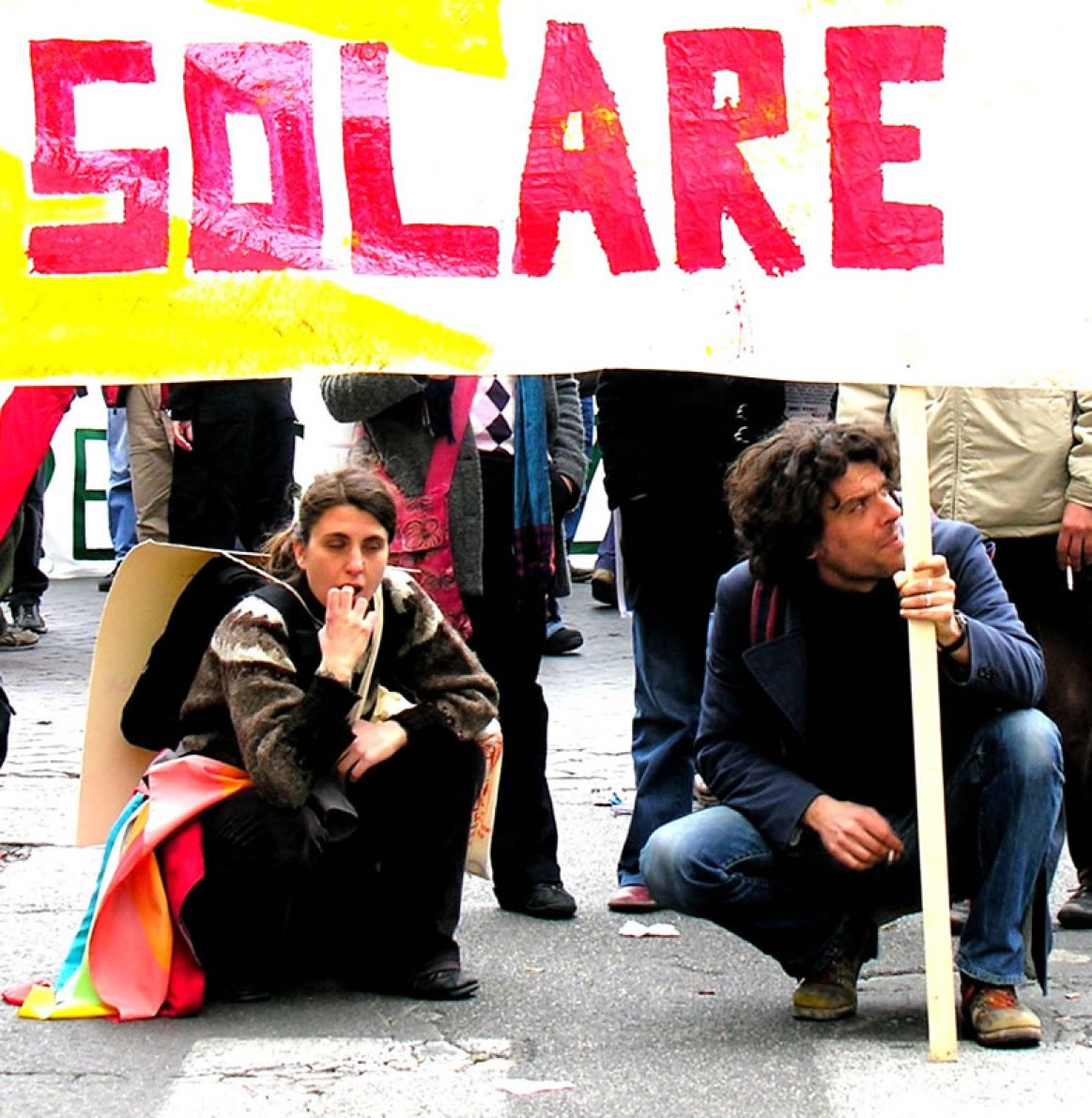In 2008, Berkeley, California successfully tested what would eventually become the PACE program. By 2010, more than 18 states instituted similar programs. There were minor differences, but most programs had the following in common:
- A government body raises funds, usually through clean energy bonds
- Local homeowners and business owners apply to use those funds to install green technology and other energy efficient devices
- The owners pay back the government or lending agency through annual assessments of their property taxes over a pre-agreed period of time (normally 15-20 years).
- If the owner movies, the balance of the amount owed passes to the new owner, as the cost is attached to the property, not the individual.
Despite further expansions of the program all over the country, PACE received a serious set-back in 2010.
So what went wrong?
In 2010, The Federal National Mortgage Association (Fannie Mae) and the Federal Home Loan Mortgage corporation (Freddie Mac), sent out lender guidance letters. The notices suggested that homes financed by them would not be allowed to participate in PACE financing.
That ruling immediately removed half of the nation’s homeowners from participation.
The agencies reasoned that allowing the dual loans leads to a key problem: who gets paid first if the borrower defaults? As property taxes are considered “senior” to mortgage loans, then the cities would get their money back before the mortgage lender.
However, proponents of the program suggest that the installations would immediately add value to the property, increasing the financial security of the owners, guaranteeing swifter payback of mortgage loans.
What happens next?
The halt of PACE loans by Fannie Mae and Freddie Mac only lasts for 2 years, and can be defeated through congressional legislation. However, the program has continued to grow in use among those who have paid off their loans, and among businesses.
A bipartisan bill introduced by Senators Michael Bennet (D-CO) and Johnny Isakson (R-GA) called the Sensible Accounting to Value Energy Act, aims to change mortgage underwriting so that it includes energy efficiency. The SAVE act would also allow the creation of a PACE-like program that would tie financing to the mortgage instead of property taxes, removing that conflict.
Resources:
- Calfinder: San Francisco now offering famous Berkeley PACE program
- Michael Bennet (Senator of Colorado) website


